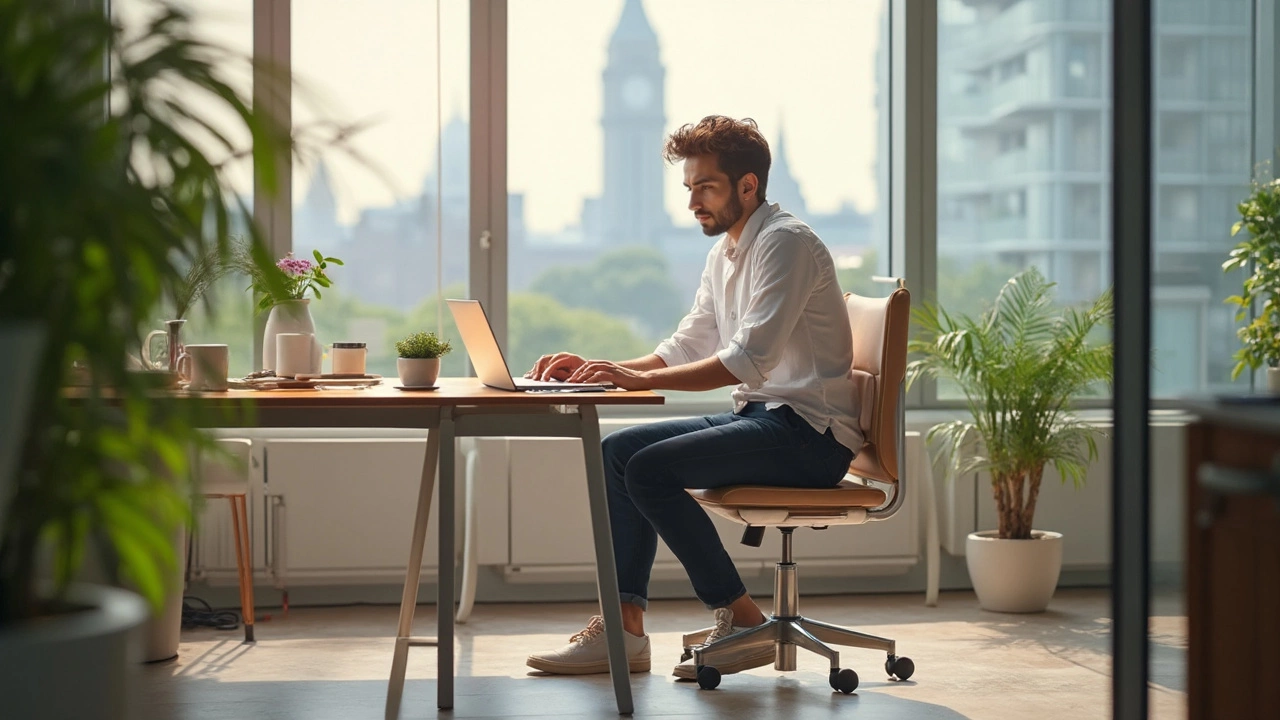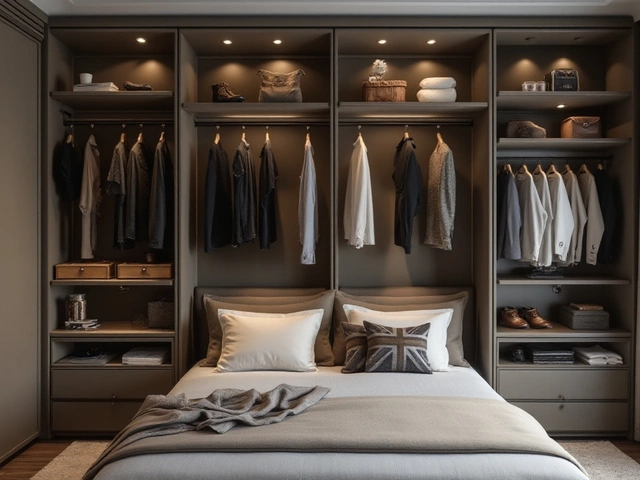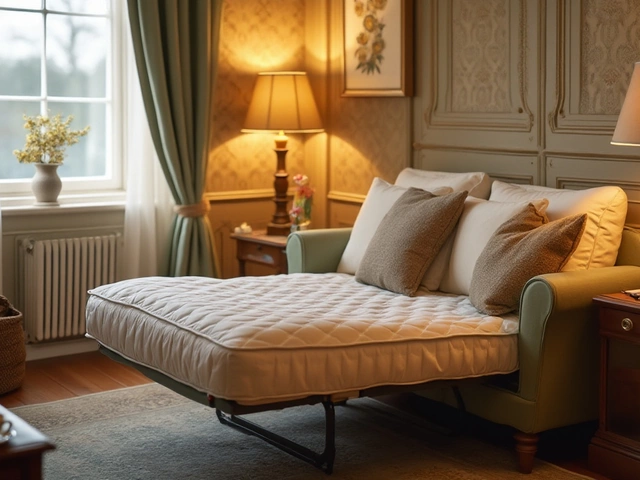Workstation Tips to Boost Comfort & Productivity
Feeling sore after a few hours at your desk? You’re not alone. Small changes to how you set up your workstation can make a huge difference in how you feel and how much you get done. Below are easy, no‑cost tweaks you can try right now.
Set Up Your Desk Right
First, check the height of your desk and chair. When you sit, your feet should rest flat on the floor and your knees be at about a 90‑degree angle. If your chair is too low, a simple cushion can lift you up. If it’s too high, try a footstool.
Next, look at your monitor. The top of the screen should be at eye level, about an arm’s length away. If you can’t raise the monitor, stack a few books or use a cheap monitor riser. This prevents you from looking down, which can strain your neck.
Keyboard and mouse placement matters too. Keep them close enough that your elbows stay close to your body and your forearms are parallel to the floor. If your mouse is too far, you’ll end up reaching and hurting your shoulder.
Don’t forget lighting. Glare on the screen can cause eye fatigue. Position a lamp so the light comes from the side, not directly in front of or behind the monitor. If natural light is strong, a thin curtain can soften it without making the room dark.
Stay Comfortable All Day
Take micro‑breaks. Every 20‑30 minutes, look away from the screen for 20 seconds and blink a few times. This eases eye strain. Stand up, stretch, or walk to the kitchen for a quick reset.
Adjust your posture often. Sit tall, shoulders relaxed, and avoid slouching. A reminder on your phone or a sticky note can cue you to check your posture.
Keep your workspace tidy. Clutter forces you to reach over things, which can lead to awkward movements. A clean desk lets you work efficiently and reduces stress.
Hydration is a secret weapon. Keep a water bottle within arm’s reach. Drinking water regularly keeps you alert and prevents the habit of reaching for a snack when you’re actually just thirsty.
Finally, personalize your space. A small plant or a photo you like can brighten the area and make you feel more relaxed, which in turn improves focus.
Try these tips one at a time. You’ll notice less fatigue, fewer aches, and more energy to finish tasks. A well‑tuned workstation is the foundation for a productive day, whether you’re working from home or the office.



